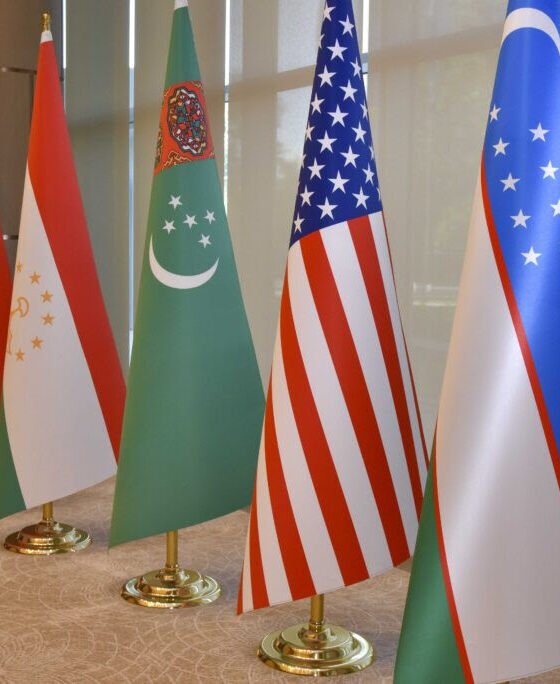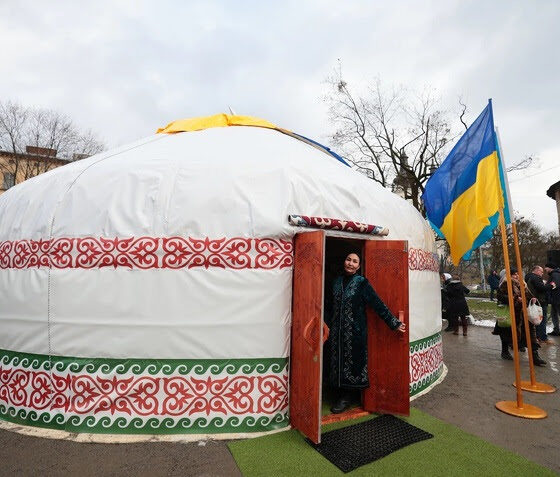Author: Maria A. Soloshcheva
Source: Iran and the Caucasus
Abstract:
The aim of this paper is 1) to analyse the historical and political roots of the current situation in Xinjiang; 2) to identify the boundaries that separate the legal opposition from what is usually called non-system opposition; and 3) to study a set of preconditions that have affected the emergence of the phenomenon of the Uyghur terrorism. In a broader sense, the engagement of the Uyghur population in separatist activities under the slogan of the most radical Islamic religious-political movements (Jabhat an-Nusra (alias Jabhat Fateh al-Sham), ISIL, Al Qaeda, the Taliban, etc.) is addressed. Generally, the author tries to answer the following questions: What are the motives and methods of Uyghur terrorists? What dynamics of their violent acts may we consider in the People’s Republic of China and abroad? What legal and terrorist organizations have Chinese Uyghurs as members? And what distinguishes legal and the so-called non-system Uyghur opposition?













